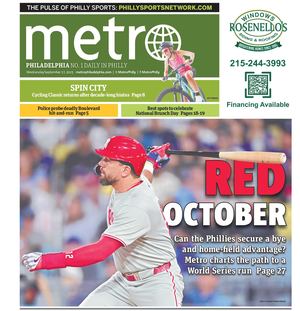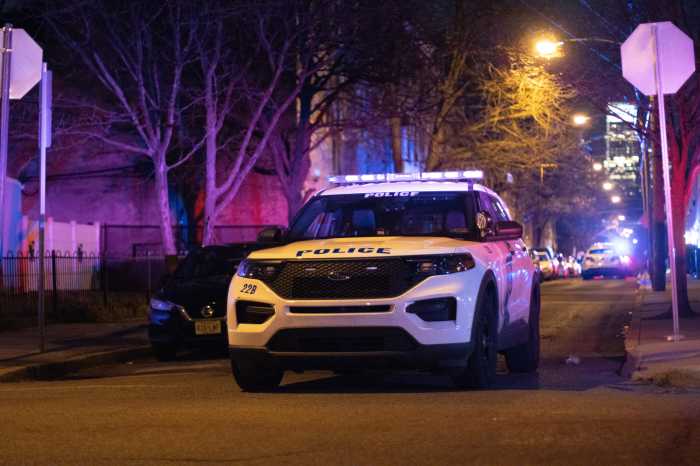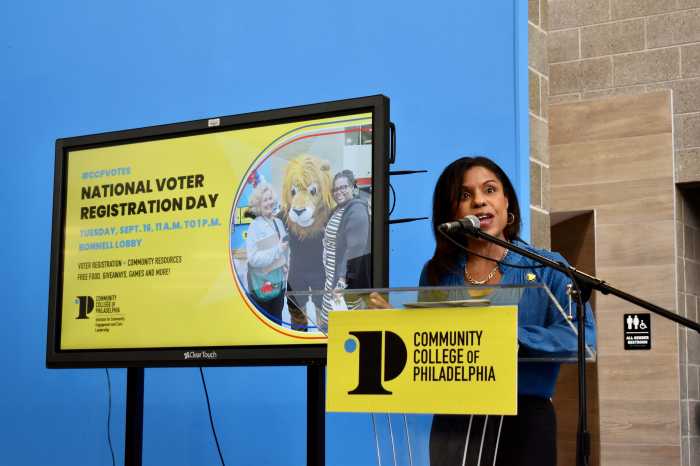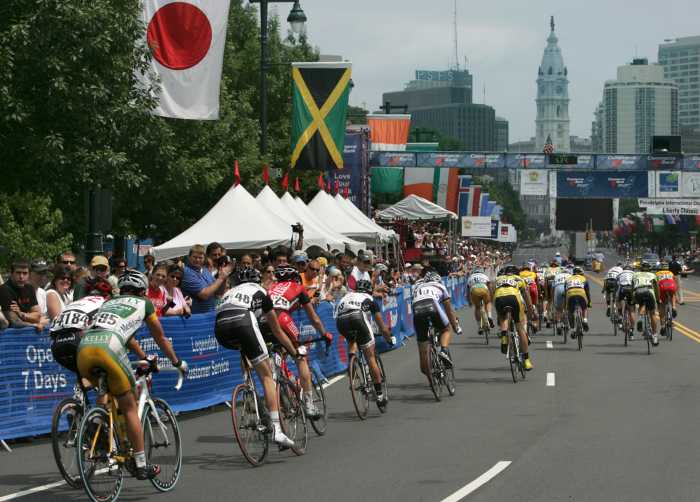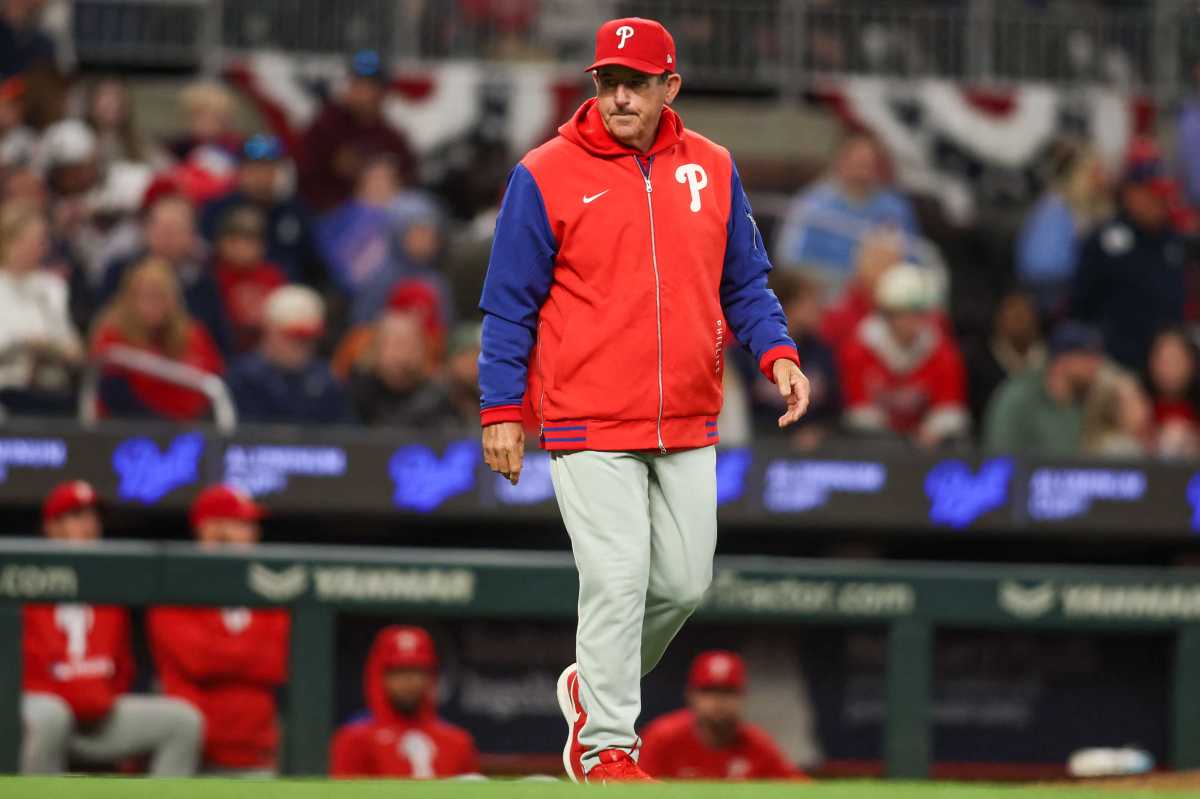If you’ve spent any time around Philadelphia recently — you might notice that history seems to meet modern living quite often and not always in a good way. Some structures in Philadelphia look , well , out of place. But some of our houses from the time of William Penn, as well as the Gilded Age design of Horace Trumbauer, don’t just have a story to tell. It’s the story of us.
That certainly was the case when a car recently crashed into Caribbean Cuisine in Southwest Philadelphia. The restaurant was virtually destroyed by the crash, which occurred at approximately 2:30 a.m. on Monday, April 14. The restaurant has been in Southwest Philly for the last 25 years.
If you’ve traveled around Southwest Philadelphia — you might have noticed what is left of the Blue Bell Tavern (Inn) on the corner of Cobbs Creek Parkway and Woodland Road (the corner of the former King’s Highway). The building that still stands today is just an offshoot the original structure that has stood since 1766, constructed by Henry Paschall. It’s been almost two years since a Septa Trolley derailed and crashed into the historic structure in June 2023, which has left it with boards on its windows.
The Blue Bell Tavern isn’t just an 18th century structure still standing within our city limits. It’s a living reminder of our resolve — under a sign that still hangs on the street pole out front — announcing it to the world. The Blue Bell Inn was made famous during the American Revolution — when it was constructed close to one of the state’s earliest grist mills — and was frequented by General George Washington and his troops. With the British occupying Philadelphia during 1777 — Lord Cornwallis ordered some 2,500 soldiers to March down the Darby Road after taking control of Fort Mifflin in an attempt get more supplies into the city for his troops. Unknown to the British troops — an American raiding party was concealed inside the Blue Bell Tavern.
While we cannot be certain of the next sequence of events — popular belief is that Lord Cornwallis’s troops were fired on by the Americans from a window on the second floor. The British immediately entered the Tavern. When all was said and done , five Americans were killed inside and the rest were apprehended by the British. One wounded British soldier — who laying dying outside of the Tavern — was able to mutter in his last words that he would never leave this “accursed” place. Many believe that his presence still haunts the Blue Bell Tavern today.
But like the American colonies themselves , the Blue Bell Tavern would play a role in its independence. The combination of American and French troops would pass the site en-route to Yorktown through the Washington Rochambeau Revolutionary Route in 1781 , effectively ending the war. While these old structures may seem out of place in our city , collisions with modern transportation don’t just detract from our landscape, they damage our history, as well.
Michael Thomas Leibrandt is member of the York Road Historical Society and lives and works in Abington Township.
